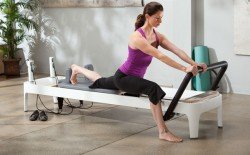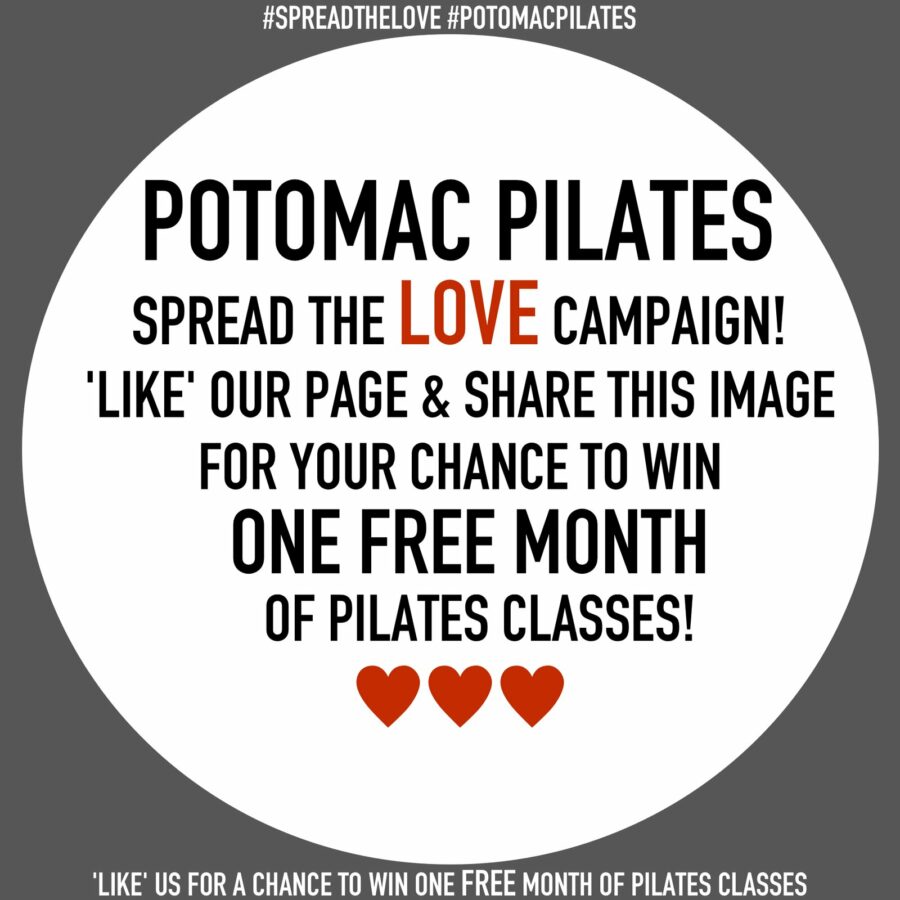Hip pain is one of the most common aches and pains we see in our studios.
Our hip joints do a lot for us. They help us move about our day-to-day lives and in activities like sports and playing with our children (which is definitely a sport).
Pilates is a fantastic way to reduce many types of hip pain because it improves the range of motion in our hips, and evenly develops muscle groups to provide the balance our bodies need.
There are many different causes of hip pain, ranging from osteoarthritis and muscle strain to pregnancy and inflammation. It’s estimated that 32.5 million Americans have been diagnosed with osteoarthritis. And many other people experience hip pain stemming from tight hip flexors caused by a more sedentary life cycle.
The CDC recommends that people living with osteoarthritis perform low-impact strength training exercises at least 2 times per week, alongside workouts that improve balance and flexibility.
With Pilates, you can check off every box, and the research agrees!
What research says about Pilates
- Research shows that regular Pilates can significantly reduce pain from osteoarthritis and improve physical mobility more than other forms of exercise.
- A study that focused on children with juvenile arthritis found that children experienced reduced pain, increased mobility, improved cardiorespiratory fitness, and an overall improvement in quality of life following three months of regular Pilates.
- According to a 2020 study, Pilates can stabilize pelvic muscles and reduce muscle damage and stress in pregnant women.
- This 2022 systematic review (which is basically just a study that studies a large group of studies to see larger patterns) concluded that Pilates was significantly effective in reducing pain associated with osteoarthritis and osteoporosis. They also emphasized that people were much more likely to exercise regularly in group settings, compared to mat Pilates at home.
Keep in mind that there are many different types of hip pain! First and foremost, always consult with a licensed medical professional if you’re experiencing chronic pain, or before you start a new workout program following an injury.
Whether you live with osteoarthritis or have tight hip flexors from sitting at a desk all day, Pilates can be an effective way to reduce or even completely eliminate hip pain.
“Many of us have to either sit for long periods of time or the opposite, have to be on our feet for long periods of time. I try to plan my routines to support the foundational muscles that make each client’s body feel a little more ready to tackle the rest of their day or even week!” – RTR Instructor Helena
4 ways Pilates can reduce chronic hip pain
1. Pilates is a low-impact exercise.
For those who love high-impact sports like running and tennis, the hip joints are exposed to a lot of pressure. And if your leg and core muscles are underdeveloped, then the hips can take a bit of a beating over time. Our hips, like our lower back, tend to be the overachievers that step up when our core isn’t activated.
Pilates is a low-impact exercise that alleviates pressure on the hip joints. It allows you to build muscle while simultaneously placing less pressure on your joints. This can provide a safe way to exercise, which is often beneficial to those with hip pain, without exposing your body to further strain.
2. Pilates can improve joint mobility.
With reformer Pilates, we’re able to strengthen the full length of your muscles. This means that people who attend Pilates classes regularly strengthen the muscles around the hip joints, which provides a greater range of motion and improved mobility.
Strengthening the muscles around your hip joints takes pressure off of those joints, which can relieve much of the pain.
3. Pilates builds a stronger core.
Our core is the foundation for all of our movements. But when our core is underdeveloped, other parts of the body can end up overcompensating.
Research shows that weak deep core muscles can lead to increased muscle strain and injury. In other words – if your core isn’t strong, then the rest of your body will suffer.
This can be a huge source of hip pain from strain and overexercising.
Core strength stems from well-balanced core development. At RTR Pilates, we focus on overall core strength in every class, which directly contributes to stability and injury prevention. Because your core supports movements in other parts of your body, developing your core can protect your hips and prevent strain.
4. Pilates reduces the risk of future injury.
If you experience hip pain due to a past injury, such as a muscle tear, then you may be more likely to experience future injuries.
As a low-impact exercise, Pilates strengthens your overall body to build a stronger system and reduce the risk of future injury. This supports your long-term health, and improves your quality of life. You don’t have to age in pain!
“I hope my clients leave class feeling challenged, accomplished, and strong – Pilates is as much a mental release as a physical one for me, so I strive to give clients that same feeling.” – RTR Instructor Danielle
What if you experience MORE hip pain when you start Pilates?
Most people who start reformer Pilates will come away from their first class saying, “I am sore in places that I didn’t know I could be sore.”
Pilates is a whole-body workout. If you have underdeveloped muscles, these muscles will feel understandably sore after class. Our hip flexors are often tight and shortened due to our sedentary lifestyles. This can make it difficult for the muscles to work efficiently, and you may feel sore as you wake up and move your hip flexors.
That said, there’s a difference between feeling sore and feeling pain.
If you experience hip pain during or after a Pilates class, it may be an indicator that your form is off.
Our instructors are here to help! If you’re ever unsure of your form, or if you’re experiencing discomfort in any exercise, your instructor can help adjust your form or modify the exercise to protect your hips.
If you have specific concerns going into class, discuss them with your instructor beforehand, and they can help you modify exercises throughout class.
For any sort of injury or chronic condition, your physician can help you understand what types of exercises are helpful for your body, and what types of moves may need modification to protect your hips.
Feel the difference with RTR Pilates
Join our community at RTR Pilates and experience the power of Pilates firsthand! Get your first month of unlimited classes for just $129.



